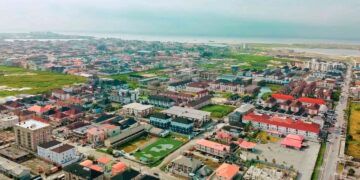6.Gil Eanes: Passing The Point of No Return

The name of Gil Eannes is hardly a household word; nor is that of the place associated with the Portuguese explorer, Cape Bojador. Nor indeed did Eannes discover the cape: the place had been known for many years. To journeyers of Eannes’s time, Bojador represented an unbreachable barrier, a point of no return, and it was the achievement of this reluctant hero to pass that invisible boundary, in 1434. In so doing, he opened new territory, not only on land but in the mind, and thus made possible the golden age of Portuguese exploration, with all its glories and horrors.
At that time conventional wisdom maintained that the Sun was boiling hot at the Equator. Thus, even if a ship could get past Cape Bojador, the equatorial Sun would eventually burn it to powder. Furthermore, should a vessel somehow make it past all other hazards, its crew would most surely meet unspeakable monsters in the sub-equatorial region known as the Antipodes. By having the courage to risk his life (consequently opening up new worlds,) Eanes was effectively behind the European age of discoveries to come. He was, however, also in part to blame for what would become a thriving trade in slaves for centuries after.





































Discussion about this post